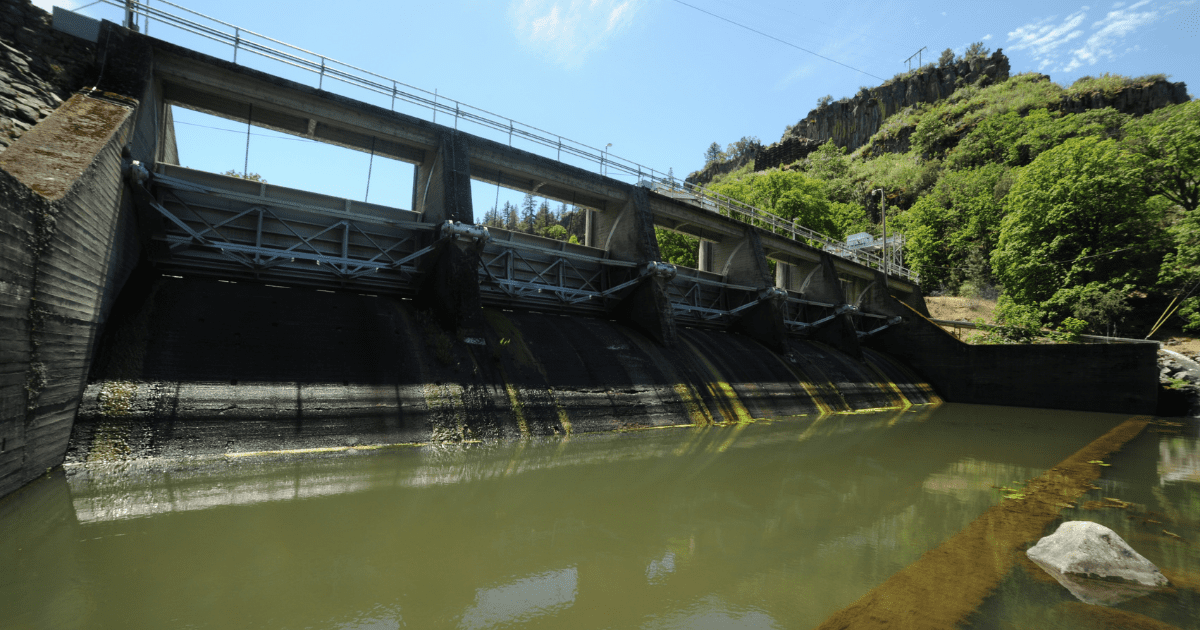Environmentalists and Dam Operators, at War for Years, Start Making Peace
Excerpted from the New York Times Article, “Environmentalists and Dam Operators, at War for Years, Start Making Peace“
On October 13th, the industry that operates America’s hydroelectric dams and several environmental groups announced an unusual agreement to work together to get more clean energy from hydropower while reducing the environmental harm from dams, in a sign that the threat of climate change is spurring both sides to rethink their decades-long battle over a large but contentious source of renewable power.
California has thousands of dams, from small earthen barriers to large dams hundreds of feet tall. More than 1,400 of those dams are large enough to fall under state safety regulations. A great number of them provide critical water supply, flood control, and hydroelectric power. But many have outlived their functional lifespan and the ecosystem and economic benefits of removal far outweigh the cost of leaving them in place.
CalTrout’s Top 5 California DAMS OUT report highlights five dams that are ripe for removal and that must for the health of the ecosystem and communities around them, come out.
We’re encouraged to see this agreement between dam operators and environmental groups. The first step is a shared vision for removing dams that no longer provide societal benefits, present safety issues that cannot be properly mitigated, or have adverse environmental impacts that cannot be effectively addressed. #DAMSOUT





